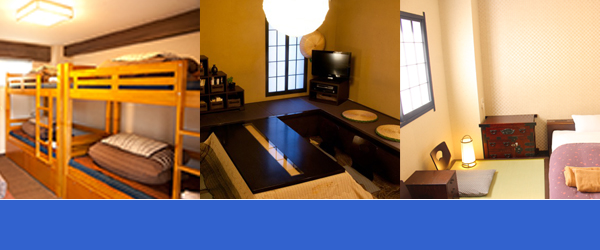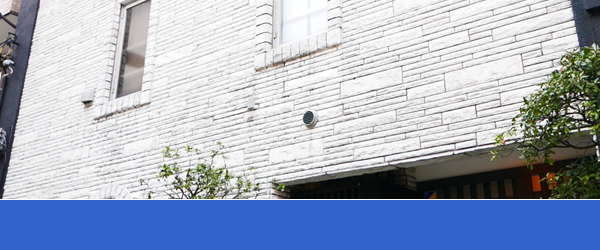Picture this: a curious traveler, wide-eyed and ready to explore the wonders of Japan, steps into the bathroom of his hostel room. Little do he know, they are about to face the ultimate Japanese bathroom experience – the famous Washlet. Our brave protagonist, let’s call him Marc, is in for a ride they never expected.
Marc, jet-lagged and slightly disoriented from the long flight, stumbles into the bathroom, unsuspecting of the technological marvel that awaits. As they lower themselves onto the toilet seat, a sudden warmth engulfs them. “Is this Japanese hospitality or did I accidentally sit on a heated cushion?” Marc wonders.
But the surprises have only just begun. Marc notices an array of buttons with unfamiliar symbols, each one promising a unique experience. Being the adventurous soul he is, Marc decides to press the one that looks like it might summon a friendly bathroom genie.
Suddenly, a gentle stream of warm water shoots forth, and Marc’s eyes widen in disbelief. “Is this a bidet or did I unknowingly activate the Bat-Signal?” . Panic sets in as Marc desperately searches for the off switch, accidentally activating the “Energetic Massage” feature in the process.
As the Washlet performs its spa-like magic, Marc experiences a rollercoaster of emotions. “I didn’t sign up for a water park ride in my hostel bathroom!” he exclaimed, gripping the sides of the seat like a contestant on a game show.
Finally, the water show comes to an end, leaving Marc feeling a bit like he has survived a watery tornado. As they cautiously rise from the throne, the Washlet’s built-in dryer kicks in. Marc raises an eyebrow, contemplating whether he has stumbled into a futuristic restroom or a spaceship.
As Marc exits the bathroom, slightly damp but with a story to tell. Little did he know that his first encounter with this technological marvel would become the highlight of his Japanese journey – a tale to regale friends with over dinner, accompanied by dramatic hand gestures.
Yes my friends, this happens to most foreigners who use the washlet for the first time. So, today we are going to talk about this mysterious and at the same time wonderful toilet, and at the end, we’ll show you some cool facts about this technological marvel.
From Ingenious Corner to Your Bathroom: The Washlet and its Revolutionary Journey
In the captivating world of inventions, few have had as significant an impact on daily routines as the Washlet. This ingenious device, blending the elegance of a toilet with the capabilities of a personal spa station, has transformed the bathroom experience in a way no one expected. But who was the mastermind behind this hygiene revolution? Join me on a journey to the past to discover how the Washlet was born and who had the courage to take posterior cleanliness to an entirely new level.
The Mysterious Origin: Kazuchika Okura and the Bathroom Eureka
To trace the origin of the Washlet, we must go back to the 1970s and 1980s in Japan, where innovation was in the air, and inventors sought opportunities in every nook, even the most unusual corners of their bathrooms. Enter Kazuchika Okura, the visionary behind TOTO Ltd. and the maestro behind the curtain of the Washlet.
Popular legend says that the idea for the Washlet came from the observation that people wash their hands with soap and water after using the toilet, but they don’t do the same with their intimate areas. Okura thought that it was possible to create a system that would provide a similar cleaning to that of the hands, but with pressurized water.


A Technological Adventure in the Bathroom: The Washlet in Japanese Culture
For those venturing into the Washlet for the first time, the experience can be as intriguing as it is comical. The buttons on the control panel may seem like an enigma, but each one offers a unique function designed to enhance your comfort. From heated seats to water jets with different intensities, the Washlet is a parade of features meant to pamper you.
In Japanese culture, the Washlet is not just a technological marvel but also a source of humor. Local comedians have dedicated entire routines to the perplexing and sometimes hilarious experiences of foreign visitors when faced with this device. The curiosity to discover the function of each button is part of the fun, and Japanese culture embraces this quirkiness with enthusiasm.
An Innovation Leaving its Mark on the World: The Washlet Outside Japan
As the Washlet gained popularity in Japan, it became a cultural ambassador that traveled beyond the country’s borders. Now, this futuristic device is found in homes, hotels, and restaurants worldwide, carrying with it the essence of hospitality and attention to detail characteristic of Japanese culture.
Foreign visitors to Japan are often pleasantly surprised when discovering the Washlet. It is more than just a toilet; it’s an experience. Some see it as a close encounter with Japanese technology, while others appreciate the touch of comfort and sophistication it adds to their daily routine.
Now, here are some fun facts. Some of you may already know them, but others may not. So, get ready to be amazed:
- The washlet is a Japanese invention, but its name is a combination of the English words “washing” and “toilet”. So, basically, it’s a “washing toilet.
- More than a toilet: The Washlet is not just a toilet, it is a complete personal hygiene system with several cleaning and massage functions. Goodbye toilet paper!
- Japanese technology: Born in Japan in 1980, the Washlet is an example of Japanese technological innovation in the field of sanitary ware. Its advanced pressurized water system provides a gentle and effective cleaning.
- Adjustable temperature: Cold water in the winter? No way! The Washlet heats the seat and the jet for a pleasant and comfortable experience.
- Bubble massage: Some models have the option of bubble massage to stimulate circulation and improve anal hygiene.
- Warm air drying: Tired of drying yourself with paper? The Washlet has a warm air dryer for a hygienic and residue-free finish.
- Odor-free: Say goodbye to unpleasant odors. Some Washlets have a deodorization system that automatically neutralizes bad smells.
- Music for your ears: Is reading the newspaper in the bathroom boring? Some models play ambient music to brighten up your hygiene moment.
- Remote control: Forget about bending over. Most Washlets are controlled via an easy-to-use remote control.
- Automatic lid: The Washlet lid opens and closes automatically with motion sensors, preventing contact with your hands.
- Night light: Do you get up to the bathroom at night? Some Washlets have a night light to guide you in the dark without turning on the main light.
- Memory seat: Multiple users in the house? Some models memorize the temperature and jet position preferences of each user.
- Female hygiene: Several Washlets have specific functions for female hygiene, such as specially designed water jets for this area.
- Water saving: Although it may seem contradictory, Washlets can help save water compared to the traditional use of toilet paper and toilet flush.
- Environmental care: By reducing toilet paper use, Washlets contribute to tree conservation and environmental protection.
- Health improvement: The use of a Washlet can help prevent hemorrhoids, anal fissures, and other discomforts thanks to the gentle and effective cleaning it provides.
- Accessibility: Some Washlets have raised seat and adjustable jet functions to make them easier for people with disabilities to use.
- Luxury at home: With all its features and advanced technology, the Washlet has become a symbol of luxury and comfort in the home.
- Unique experience: If you have never tried a Washlet, you are in for a unique and unforgettable experience. Prepare to feel a new era of personal hygiene.
- Long-term investment: Although the initial price may be higher than a conventional toilet, the Washlet is a long-term investment that offers comfort, hygiene, and water savings.
- The future of the bathroom: The Washlet is not just a passing fad, but a trend that is becoming the future of toilets. Prepare to see Washlets in more and more homes and public places.








